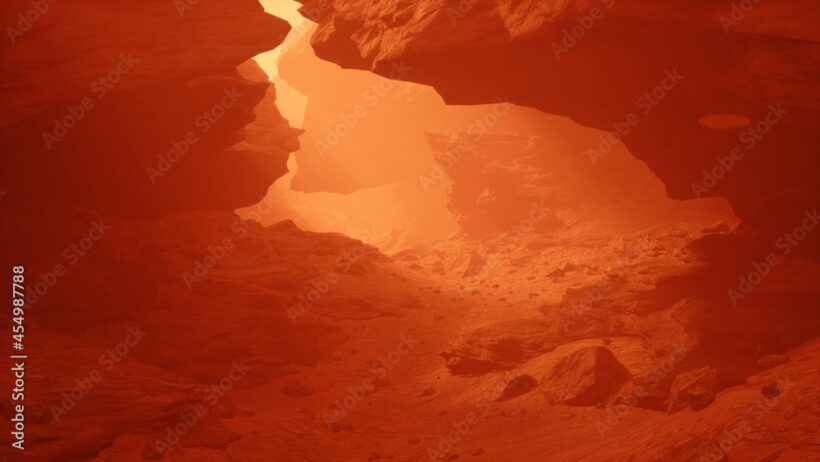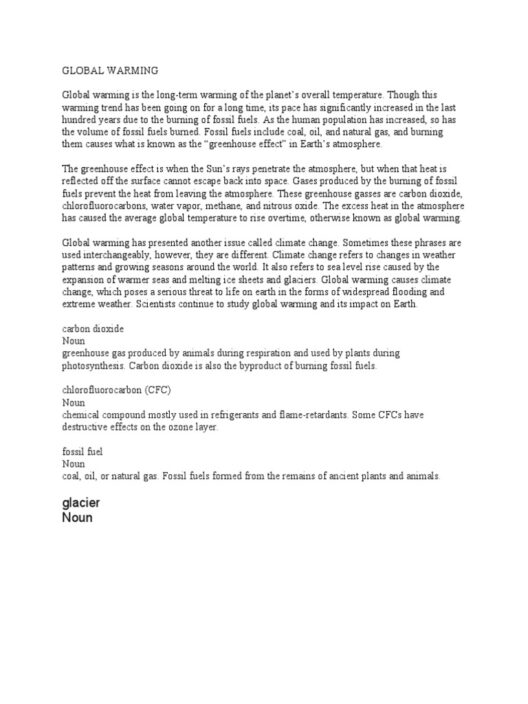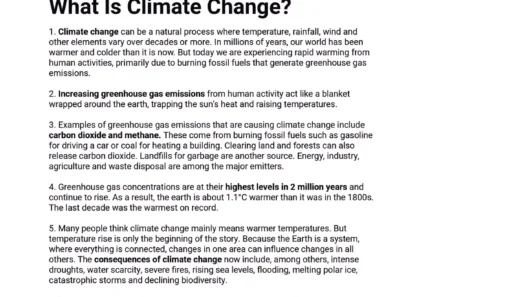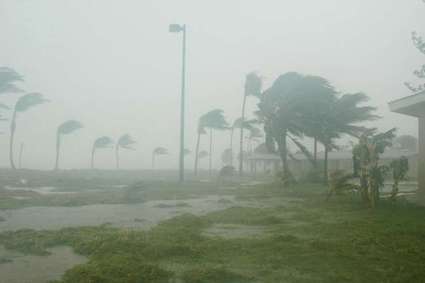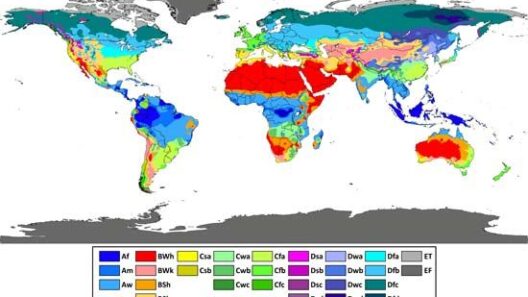When we turn our telescopes toward the night sky, longing to uncover the secrets of the cosmos, we often cast our gaze upon Mars. The fourth planet from the Sun captivates with its ochre-hued landscapes and seemingly barren vistas. But what is the climate of Mars? This question beckons us to explore a reality that is as frozen and dusty as it is enigmatic. Imagine if we could wander its vast plains. What challenges might we face in terrain so alien to our Earthly experiences?
To understand the Martian climate, one must grasp its myriad complexities. Unlike Earth, which boasts a temperate climate conducive to life, Mars endures an inhospitable environment characterized by extreme cold, scarce precipitation, and ephemeral dust storms. The thin atmosphere, composed predominantly of carbon dioxide, provides insufficient insulation against solar radiation. Consequently, the temperatures on the Red Planet can plummet to astonishing lows.
On average, the temperature on Mars oscillates around minus 80 degrees Fahrenheit (minus 62 degrees Celsius). However, it can dip to as low as minus 195 degrees Fahrenheit (minus 125 degrees Celsius) in the polar regions during the Martian winter. This frigid climate raises poignant questions: How would a human and Earth-based life adapt to such conditions? Would our biological systems resonate with the Martian atmosphere or succumb to its chill?
The Martian year, lasting nearly twice as long as an Earth year, spirals through seasons profoundly influenced by its axial tilt, which is similar to that of Earth. As Mars orbits the Sun in an elliptical path, varying distances create distinct seasonal shifts. The planet’s polar ice caps, composed predominantly of frozen carbon dioxide and water, grow and recede with the changing seasons, presenting an intriguing dynamic in the Martian climate. During summer, these ice caps shrink, revealing dark patches of soil that hint at the possibility of briny water seeping beneath the surface.
Despite its desolate reputation, Mars does experience precipitation. However, this moisture manifests not as Earthly rains but rather as frost, snow, or occasionally as a light drizzle of carbon dioxide when temperatures allow. The spectral dance of atmospheric water vapor creating clouds is a tantalizing indication of its climate’s rationality amidst chaos. It incites curiosity: Could microbial life persist in these frosted realms, sheltered beneath layers of regolith? Would they, too, face the existential challenges of surviving in a world primarily dominated by dust?
Dust storms on Mars are an unforgettable characteristic of its climate. These storms can envelop the planet, blotting out sunlight for days, even weeks. Spanning miles in diameter and sometimes rising high enough to encompass several regions, they reshape the landscape and create challenges for any exploratory missions. The fine, abrasive particles have the potential to corrode rover components, leading to apparent mechanical failures. Thus, one must consider: How could we engineer systems resilient to such relentless Martian weather conditions?
The perplexing variability in temperature also hinges upon geographic location. For instance, Mars’ equatorial regions are comparatively balmy, often temperate enough to attract our scientific intrigue. In contrast, the polar craters, frigid and foreboding, sustain vast ice reserves that harbor clues to the planet’s history. The difference in climate zones raises a fascinating yet daunting proposition: If we were to establish a colony on Mars, where would it be safest? Would we usher in a new era of habitability in the sweltering equatorial regions or risk peril in the icy embraces of the poles?
To amplify the complexity of Martian climates, researchers are investigating numerous geological phenomena, such as the recurring slope lineae (RSL). These dark streaks, often seen descending Martian slopes during warm seasons, suggest transient liquid water could flow, albeit in a highly saline state. This tantalizing evidence hints at a radically different climate beneath Mars’ surface, possibly fostering microhabitats that await discovery. The challenge to humanity: Can we devise technologies to access these concealed environments and fathom their secrets?
Furthermore, climate change on Mars presents different connotations than on Earth. The whispers of a once-thriving environment now suffocated beneath dust suggest a planet that might have harbored conditions suitable for life. Long ago, it bore a climate akin to Earth, complete with rivers and lakes, now vanished under the relentless barrage of solar winds due to its thin atmosphere. Could historical climate data provide insight into the potential for terraforming, offering a chance to reintroduce vitality to a dying world? Or, do we risk repeating the failures that led to Earth’s own ecological collapse?
In summary, Mars embodies a paradoxical tapestry woven from harsh extremities and elusive potential. Its climate, a blend of treacherous cold, potent dust storms, and hints of ancient life-sustaining conditions, challenges our understanding of habitable environments. As we analyze the Red Planet’s climate, we must remain vigilant, brimming with inquiry about the nature of existence and survival beyond Earth. The dance of frost and the sighs of dust storms breathe life into the questions of adaptability, resilience, and the profound implications of interplanetary exploration.
Ultimately, as we gazed into the skies and envisioned our future on Mars, we might ponder: What lays ahead as we strive to make the inhospitable hospitable? What legacy will we craft among Mars’ desolate dunes and frozen plains?



